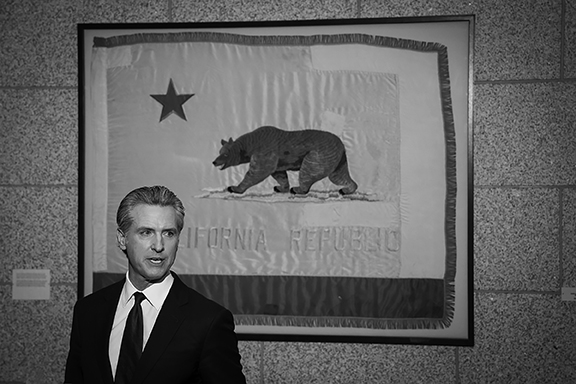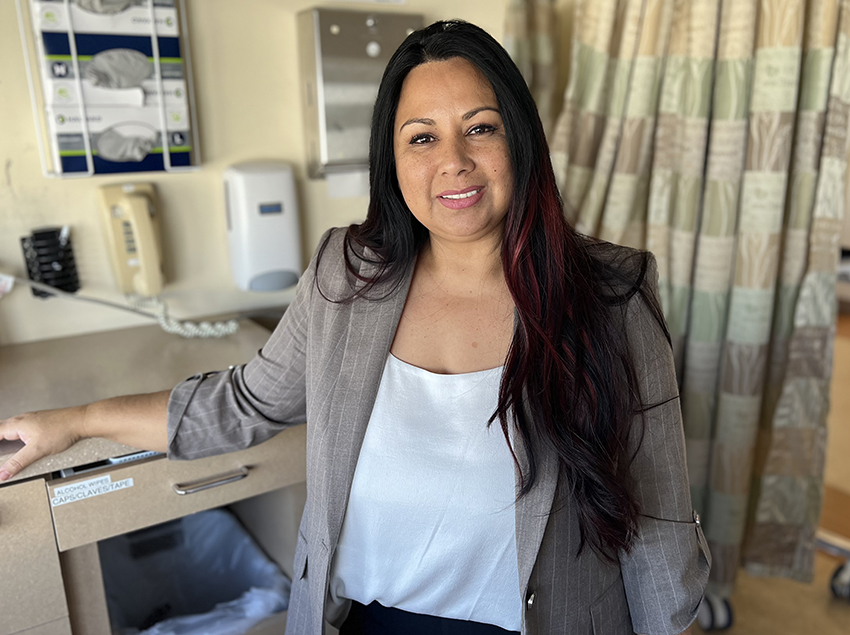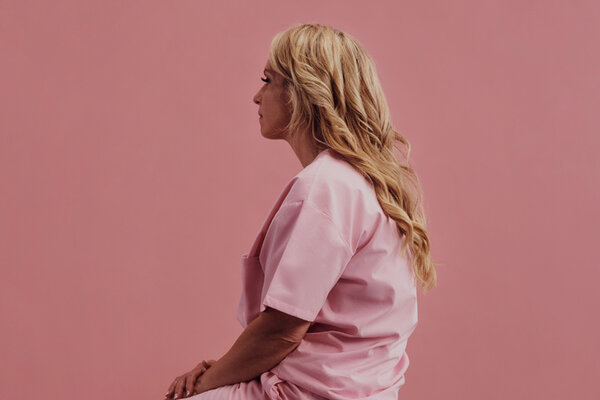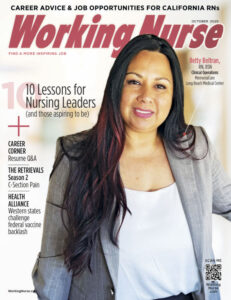Feature
A Brotherhood of Care
The legacy of men in nursing
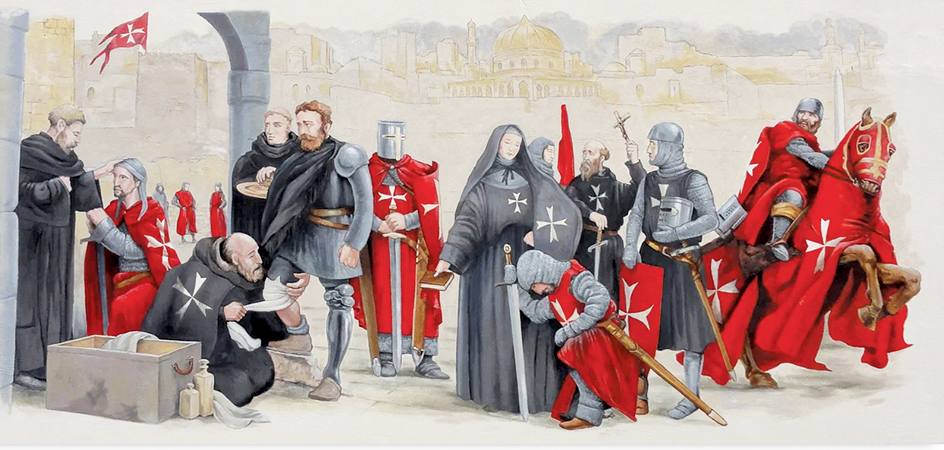
From Crusades-era monks to modern-day CRNAs, men in nursing represent an honorable tradition going back more than a thousand years.
Knights Hospitaller and the Patron Saint of Nursing
The history of nursing is strongly associated with the Catholic nuns. However, monks and priests sometimes also devoted themselves to the care of the sick and indigent.
During the Crusades, the “brother knights” of the Order of St. John operated a surprisingly modern 1,000-bed hospital in Jerusalem. Though their primary charge was caring for Christian pilgrims journeying to the Holy Land, the Hospitallers treated patients of many races and religions, with a concern for proper hygiene that would have cheered Florence Nightingale.
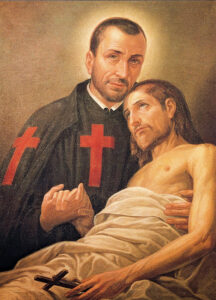 Four centuries later, a 6’6”-tall Italian named Camillus de Lellis, a professional soldier with a combative nature and a penchant for gambling and vice, sought treatment for a persistent leg wound at the San Giacomo Hospital for Incurables in Rome. Although forcibly discharged for gambling and fighting, De Lellis later returned to become a nurse there, performing so well that he was appointed hospital superintendent!
Four centuries later, a 6’6”-tall Italian named Camillus de Lellis, a professional soldier with a combative nature and a penchant for gambling and vice, sought treatment for a persistent leg wound at the San Giacomo Hospital for Incurables in Rome. Although forcibly discharged for gambling and fighting, De Lellis later returned to become a nurse there, performing so well that he was appointed hospital superintendent!
In 1584, De Lellis became a priest so that he could found the Order of Clerks Regular, Ministers of the Infirm (often known as Camillians), which treated wounded soldiers and victims of plague. Their white cassocks, adorned with a red cross, became a symbol that is still associated with charity and healing. More than a century after his death in 1614, De Lellis was canonized as a saint, and later became a patron saint of nurses and nurses’ associations.
Walt Whitman in the Civil War
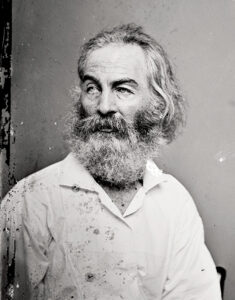 During the American Civil War, both the Union and Confederate armies were desperate for medical care for their wounded. Many men as well as women stepped forward to assist, including poet and journalist Walt Whitman. In 1862, Whitman began visiting military hospitals daily, caring for soldiers in what became a deeply personal and spiritual mission.
During the American Civil War, both the Union and Confederate armies were desperate for medical care for their wounded. Many men as well as women stepped forward to assist, including poet and journalist Walt Whitman. In 1862, Whitman began visiting military hospitals daily, caring for soldiers in what became a deeply personal and spiritual mission.
With no formal training, Whitman dressed wounds, assisted doctors, and comforted patients “just to help cheer and change a little the monotony of their sickness and confinement.” His letters and journals describe the emotional toll of this work and the bonds he formed with his patients. Whitman visited as many as 100,000 patients during the war.
“I do not see that I do much good to these wounded and dying, but I cannot leave them,” he said. He later immortalized these experiences in his writing.
Jean Henry Dunant and the Birth of the International Red Cross
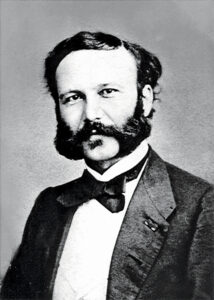 Although he was never a nurse himself, Swiss businessman Jean Henry Dunant would shape the course of modern nursing on a truly international scale. In
Although he was never a nurse himself, Swiss businessman Jean Henry Dunant would shape the course of modern nursing on a truly international scale. In
1859, Dunant, traveling to Tunisia on business, witnessed the aftermath of the Battle of Solferino in Italy. Tens of thousands of soldiers lay dying in the heat, abandoned without medical care. Horrified, Dunant rallied local villagers to assist the wounded.
Back in Geneva, Dunant published his experiences in a book, A Memory of Solferino. He envisioned an organization that would provide relief for the wounded without regard to uniform or nationality. In 1863, he spearheaded the founding of what became the International Red Cross.
Dunant also helped organize the First Geneva Convention, to protect medical personnel during wartime.
Edward Lyon and the Army Nurse Corps
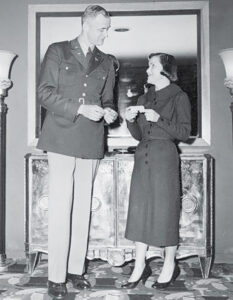 Although many American servicemen served as hospital corpsmen or orderlies, men weren’t allowed to join the Army, Navy, or Air Force nurse corps until 1955. The very first man commissioned into the Army Nurse Corps (ANC) was 25-year-old Edward L. T. Lyon, a CRNA from Kings Park, N.Y. Like Camillus de Lellis, Lyon was remarkably tall, about 6’5.”
Although many American servicemen served as hospital corpsmen or orderlies, men weren’t allowed to join the Army, Navy, or Air Force nurse corps until 1955. The very first man commissioned into the Army Nurse Corps (ANC) was 25-year-old Edward L. T. Lyon, a CRNA from Kings Park, N.Y. Like Camillus de Lellis, Lyon was remarkably tall, about 6’5.”
A graduate of the nursing school at Kings Park State Hospital, Lyon had to travel to the Pennsylvania School of Anesthesia to become a CRNA because less than one-third of accredited nurse anesthetist programs in the U.S. accepted male candidates.
After working as a nurse anesthetist at Nassau Hospital on Long Island, Lyon was drafted. Even with his experience and training, he was inducted as a private, and might have spent his Army service washing bedpans if not for a brand-new law allowing men to become ANC reserve officers. Lyon was commissioned as a reserve second lieutenant on Oct. 6, 1955.
By 1964, Lyon had returned to civilian practice as a nursing administrator in Cincinnati, but his service helped to open the door for later generations of male military nurses.
Men in Nursing Today
Edward Lyon must have been a student of nursing history because in a 1966 interview with Perspective: The Blue Cross Magazine, he recalled the monk caregivers of the 12th century, remarking that nursing had once been a male profession.
At the time of that interview, less than 1 percent of RNs were men. Today, the figure is closer to 13 percent — and even higher in specialties like psychiatry, critical care, and nurse anesthesia.
Men in nursing today are continuing a centuries-old legacy of courage, compassion, and dedication, helping to make nursing a more inclusive profession that welcomes all who are driven to heal, comfort, and serve.
Zelda Hinckley, RN, ENP-BC, has over 20 years experience in the emergency department of a large Los Angeles hospital. She also enjoys volunteering with a nurse-run clinic.
In this Article: Historical Nurses


